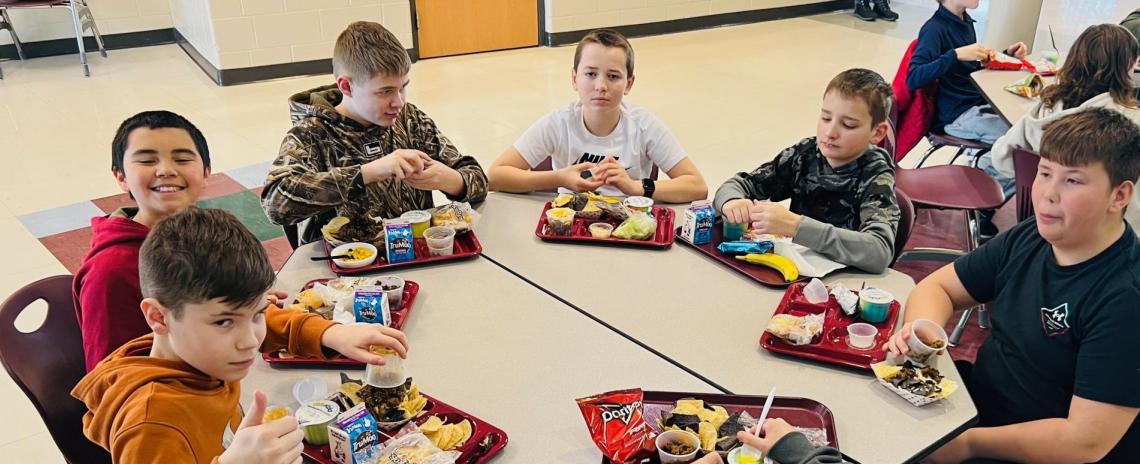Waverly's "Beef it Up" program, the brainchild of eighth-grade student, brings locally-sourced beef to cafeteria trays
Waverly's "Beef it Up" program, the brainchild of eighth-grade student, brings locally-sourced beef to cafeteria trays
By Tyler Dahlgren
Kolter Wellman is as easygoing as he is ambitious.
No stranger to interview requests, he politely introduces himself and takes a seat, ready to tell the story of how an eighth-grader essentially put locally sourced beef on lunch trays across Waverly’s School District 145.
He’s well-measured and thoughtful in his responses. There is, after all, a purpose behind his passion project: to educate his classmates on where their food comes from and why agriculture is an imperative industry. Waverly’s “Beef it Up” program, which he had more than a hand in, has done exactly that this school year.
His story is pretty amazing, but Kolter doesn’t necessarily want to be here telling it again. And that is, perhaps, the most impressive thing about him.
“He wants to melt into a chair when he’s the center of attention, but people think this is amazing and they rightfully give him a lot of credit,” said WMS counselor Brook Ruhter. “He doesn’t want to be recognized for this. He’s all about ‘This is for my school. This is for my community.’”
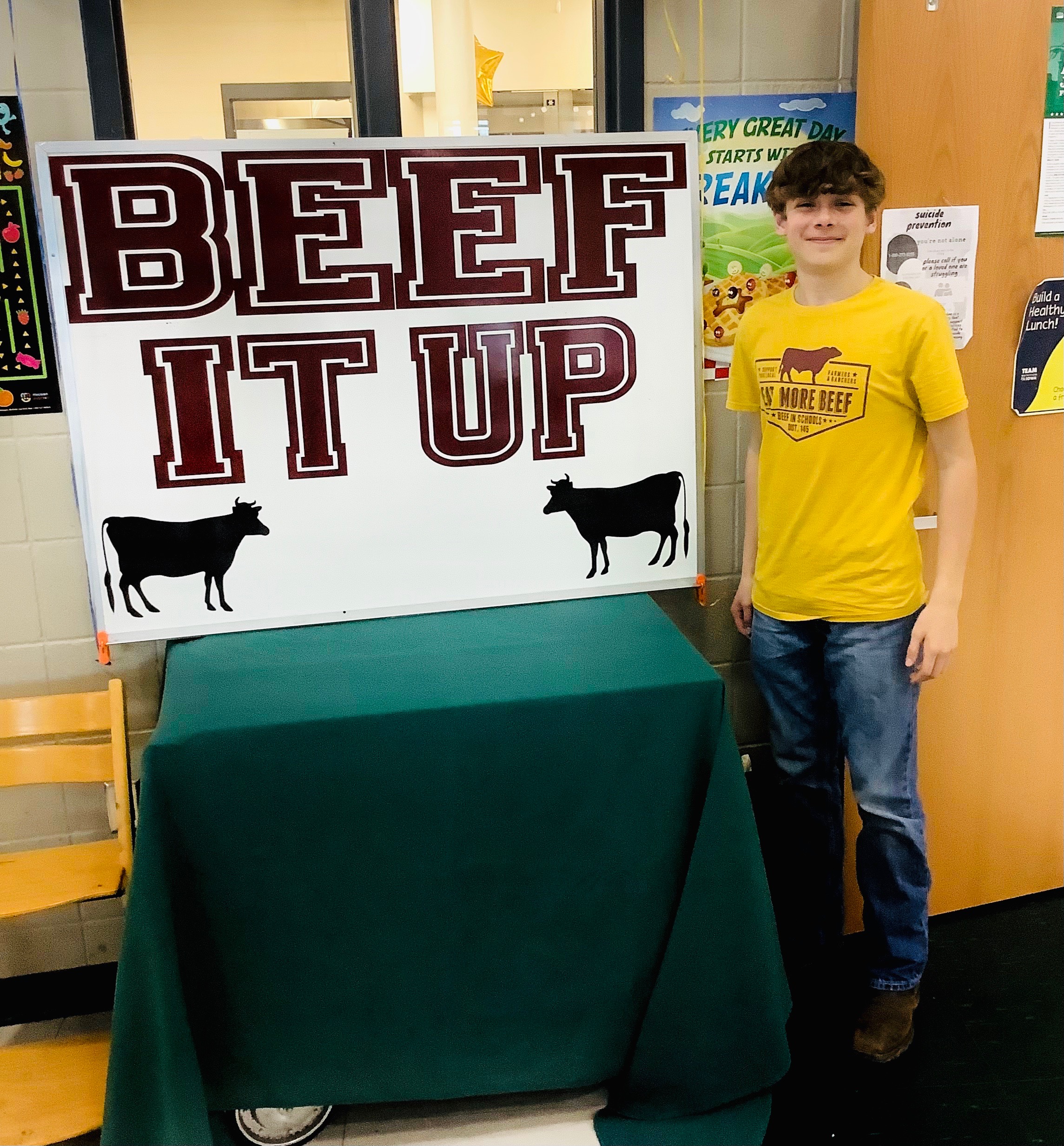
That’s how it started about two years ago, when Kolter’s mother Dixi received an email from the Nebraska Cattlemen’s Association that highlighted the innovative ways school districts across the state were sourcing beef from their respective communities.
“Well, why can’t we do that in Waverly?” Kolter, a seventh-grader at the time, asked his mom.
As it turned out, they could. Given Waverly’s size (it takes 250 pounds of ground beef to feed every student in the district ONCE!), though, it would take some serious elbow grease. The Wellmans brought their idea to food service director Philip Steffen, who crunched the numbers and deemed the project feasible, at least on a quarterly basis.
Kolter presented his plan before the school board and received unanimous support from Waverly’s administration. From there, he kept fishing for backers and aimed to develop the Waverly Beef Board. Ruhter didn’t hesitate when she received the call.
“I thought, ‘Yeah, I have to get behind this kid,’” she said.
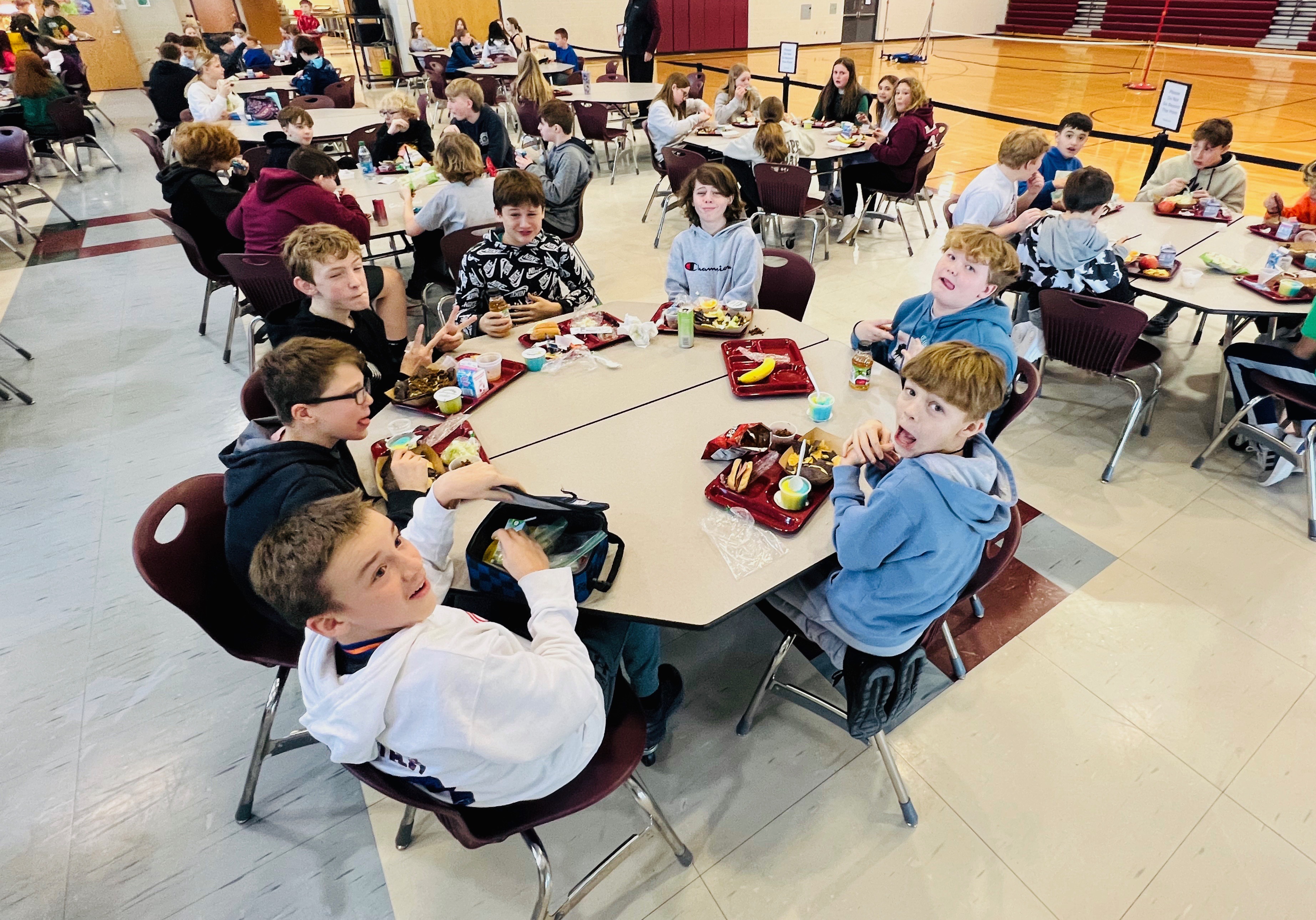
Kolter credits his parents both for their initial support and their assistance in getting what came to be known as the “Beef it Up” program off the ground and running. In a quest to answer the age-old question of “Where’s the beef?”, the Wellmans have been relentless.
“They’ve helped out more than quite a bit,” said Kolter. “They were the main force of calling donors and setting up times where we could talk face-to-face with them. And when I didn’t have the motivation from time to time they were there to give it to me.”
He is just a middle-schooler, mind you. A middle-schooler who is now proficient in communication and time management.
“Also, the record keeping,” he adds. “To remember and to document what has all gone in and gone out. That’s been a learning experience.”
On Thursday, February 23, Waverly District 145 held its third “Beef it Up” day of the school year, serving cheesy nachos on blue corn tortilla chips in honor of National FFA Week. All the recipes come from Steffen, and students get to vote on what will be served in their cafeteria. In line with Kolter’s initial vision, education is a key component to the program’s mission.
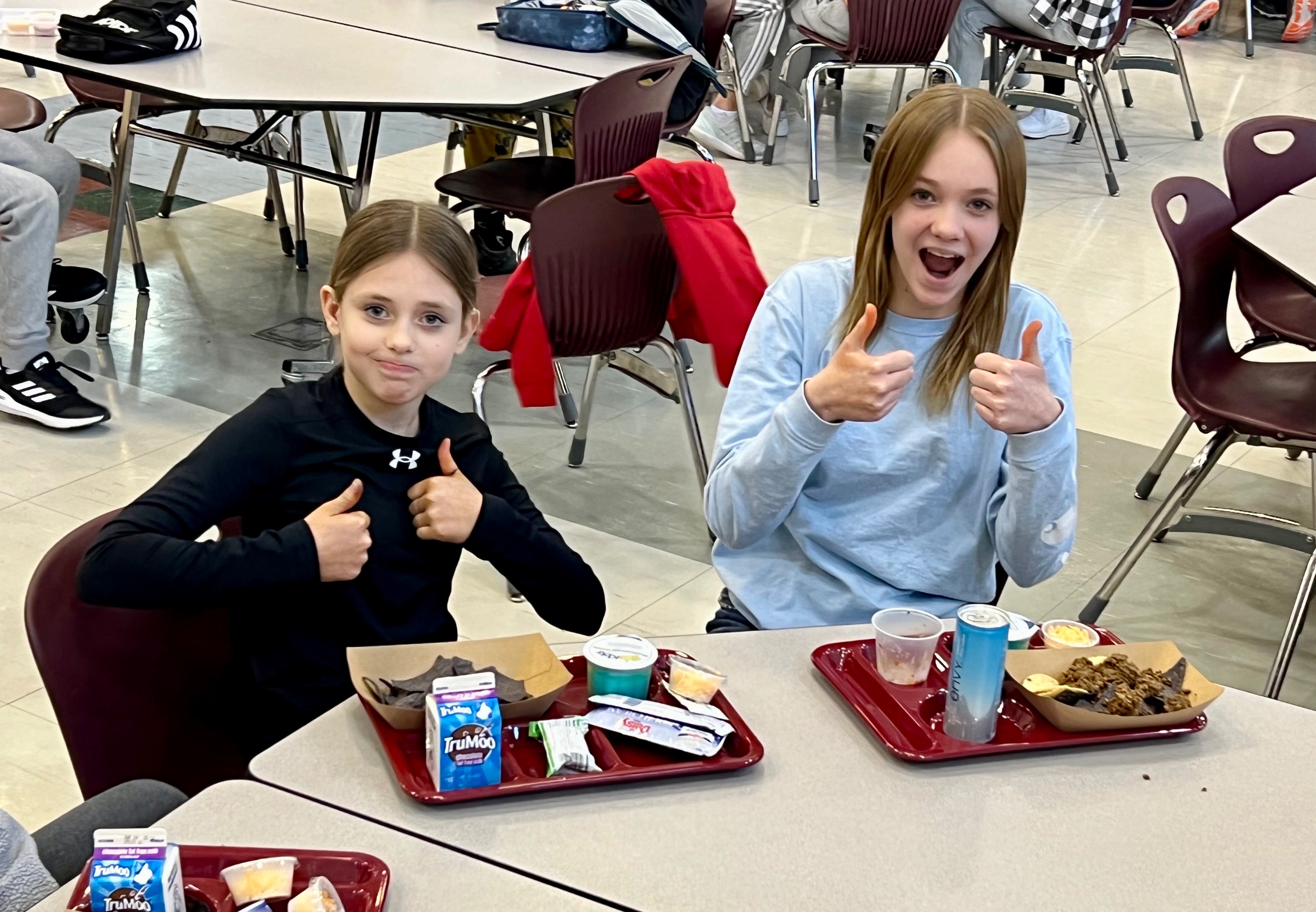
“Just the nutritional value and how good the real, honest protein and quality of the beef can be, we want to open their eyes to that,” said Ruhter. “You don’t always have to go to a big box store or a grocery store. There are ways for you to get high-quality meat here within your local community and to support your local producers. That’s the education piece on farming and ranching.”
Kolter grew up on a farm outside of Waverly. The Wellmans have cattle and chickens and hunting dogs, too. He shows cattle, hunts, plays soccer and shoots trap. In a lot of ways, he’s a typical Nebraska teenager. But on “Beef it Up” day, he’s a quasi-celebrity, especially among his peers, who he said have gained a good understanding of why he set out to do this in the first place.
“There’s still an area for improvement, but their knowledge of the importance of agriculture is definitely better than what it was before,” Kolter said.
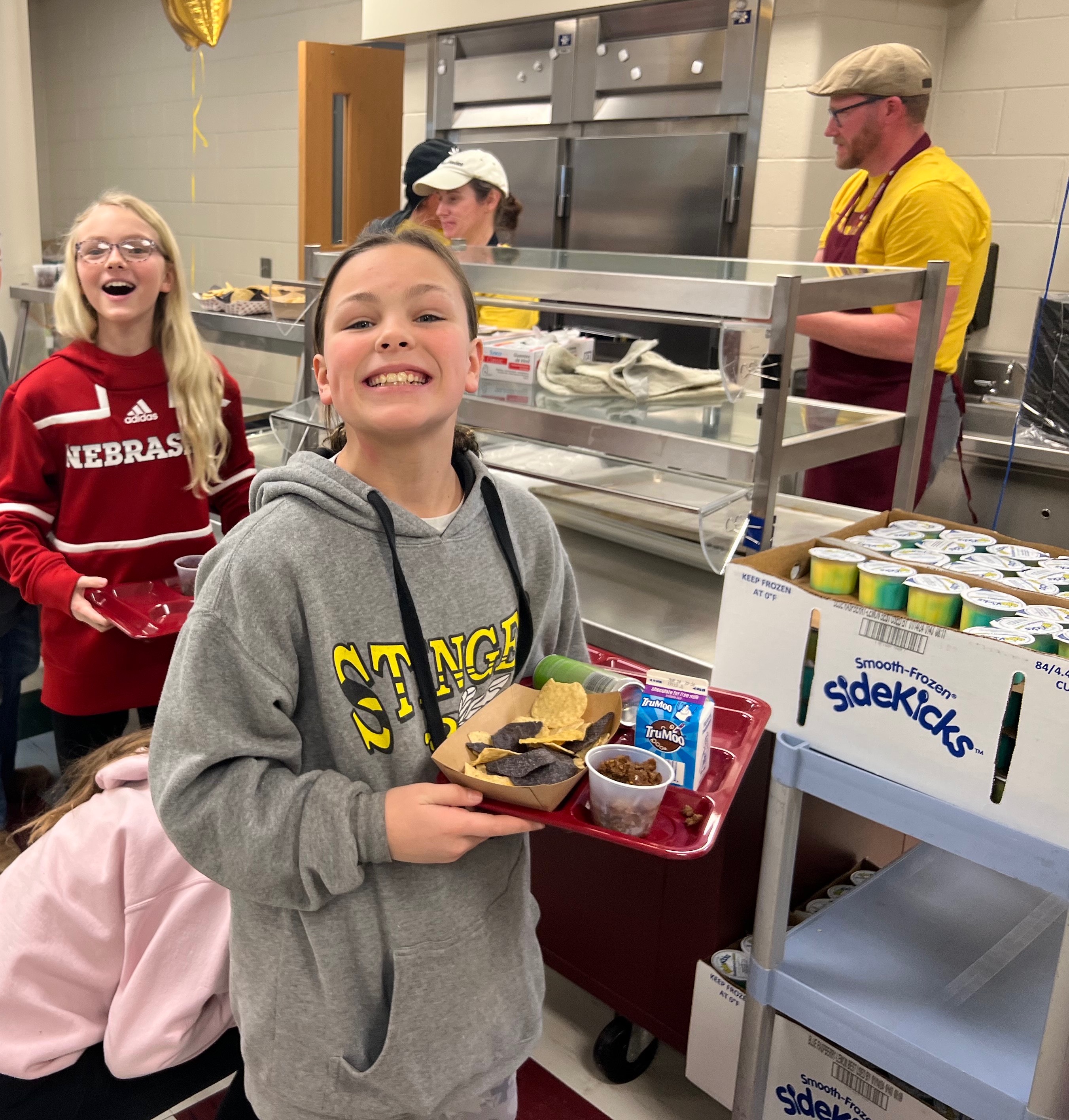
As the number of quote-on-quote “farm kids” in the district continues to slightly decline, so too does the understanding of where food comes from, explained Ruhter. This program is about bringing the idea of farm to table to the forefront.
“Nebraska is an ag state, that’s where a lot of our jobs are, and if you want to stay in-state, and we obviously want to keep our kids in-state, helping them understand that a lot of our industry business links back to ag is huge,” she said. “Having pride in that is huge, too.”
The Beef Board hopes the program will one-day be self-sustaining, with cattle raised on site, though they’ll always depend on donations, whether that’s monetary, processing fees or cattle themselves. The district has held donor appreciation dinners and Ruhter said the entire journey has only further affirmed what she already knew about the Waverly community.
“Whether it’s sports, our fine arts programs or something like this, people just back each other and get behind something and they see the good in it,” Ruhter continued. “That’s the power of a community like Waverly. You see programs like this in a lot of different places, but not very many in towns our size. That makes us unique. We have people who are willing to get after it and make it happen for us.”
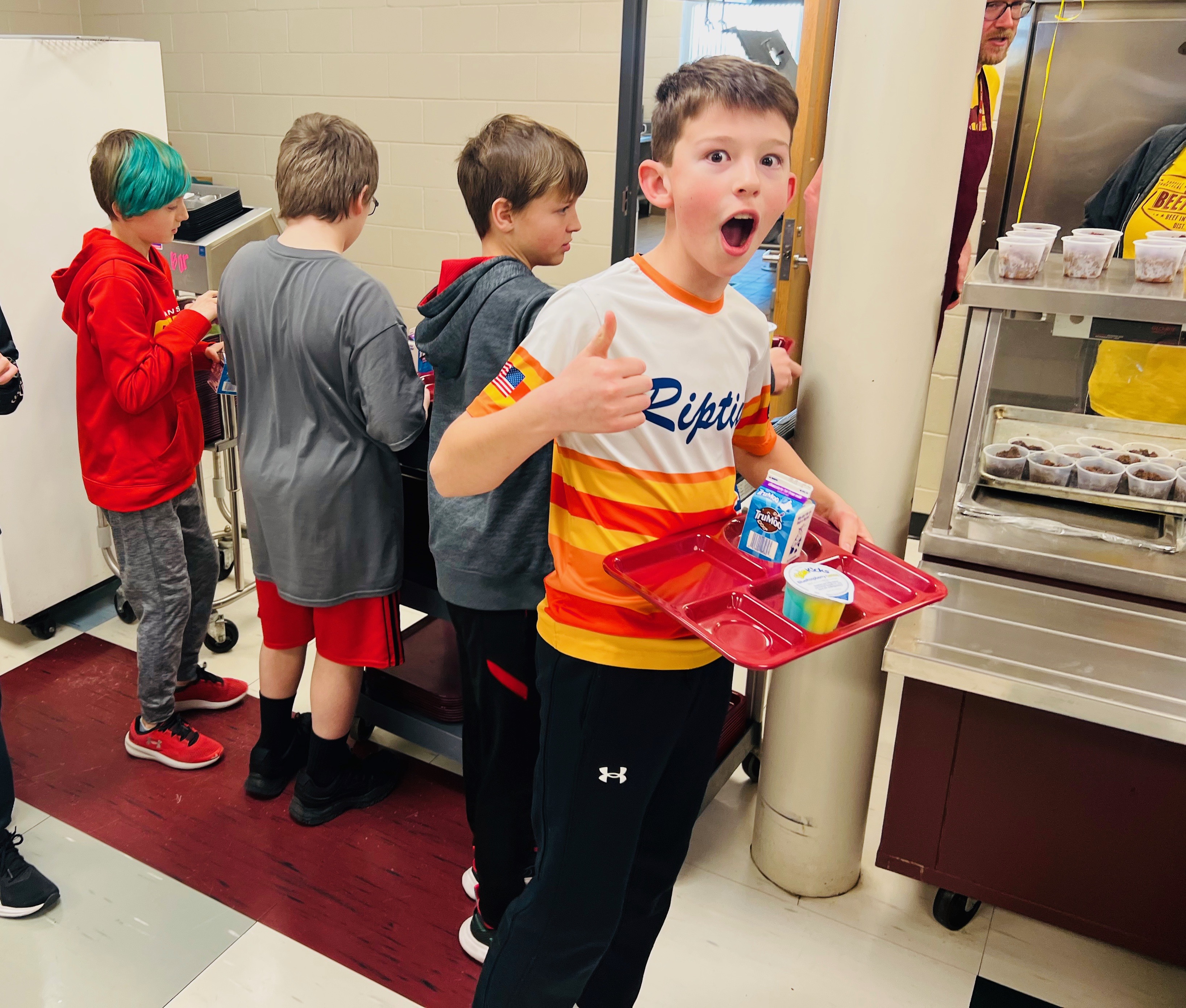
It all began with an idea, and a middle-schooler who couldn’t put it to rest.
“Just go for it,” Kolter answered when asked if he had any words of advice for other go-getters. “Just do it. That’s what I would tell them.”
If he hadn’t, we wouldn’t be sitting here today, nearing the end of another interview. Before I enter the cafeteria, where chants of “Beef it Up! Beef it Up!” ring through the savory smells of fresh Tex-Mex, I ask Kolter one more question.
Though he’s likely heard them all, this one made him think.
So what’s it like to leave a lasting mark on a school district before you’ve finished the 8th-grade?
“That’s kind of cool to think about,” he answered with a slight smile. “Not a whole lot of kids get that opportunity, I guess. It’s pretty cool.”

